20th September 2019
Late on a Friday afternoon a hole appeared in the canal towpath near to the dry dock. It could be seen this hole was the result of a collapsed culvert.
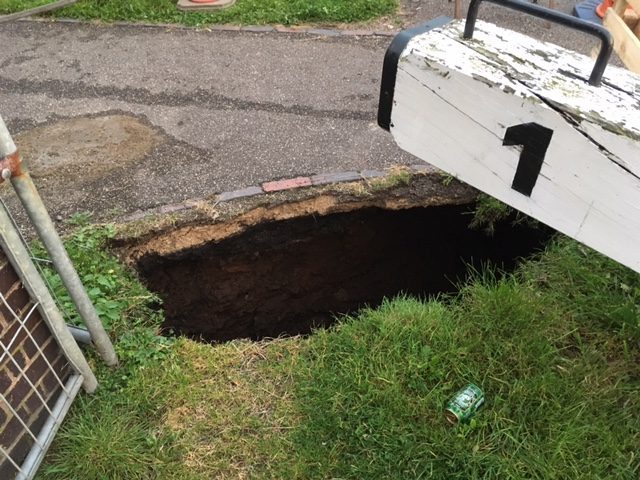
The purpose of the culvert is to carry discharge water from the dry dock under the towpath to the lower level of the Dee Branch navigation which is below the adjacent lock.
The culvert is simple in design, short in length with one slight bend. There is open access at each end and the size of the culvert is sufficient for ‘man-entry’ inspections.
The failing condition of this culvert had been known to the Canal and River Trust (CRT) since at least 2014. Despite this no inspection has been undertaken or any known asset repair strategy put in place.
Previous holes that had appeared in the towpath were merely filled with sand bags and concrete. These bodged repairs can be seen in the photo above.

Discharging the water from the dry dock into the culvert is controlled by a manual sluice situated inside the dry dock building.
Following an initial investigation of this latest culvert collapse CRT stopped the dry dock from being used, emptied the adjacent canal lock and padlocked its sluices. The surrounding area was fenced off preventing all access between the Shropshire Union Canal towpath and Taylor’s boatyard.
Taylor’s Boatyard customers now had no access to the boatyard.
Locking the adjacent canal lock (known as the Graving lock) without any warning or consultation trapped boats on their home moorings and prevented all boats from using the Chester toilet pump-out facility. Boaters could no longer access the Elsan and toilet facilities from the towpath.

The area around the failed culvert continued to collapse. Material was washed away into the Dee Branch navigation or remained in the culvert creating a partial dam. This meant that the dry dock could no longer fully drain and it started to refill.

This further erosion exposed and jeopardised local below ground services, one of which was the fresh water supply for boaters.
The extent of the previous bodged repairs could now be seen.
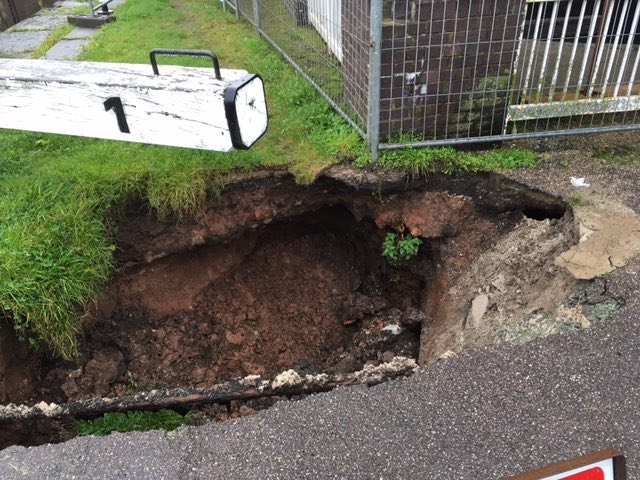
The footings of the large cast iron column, which supports the corner of the dry dock roof, had now become seriously undermined by the ever enlarging hole.
CRT were now concerned that if this corner column gave way the resulting ‘shearing’ action on the remaining cast iron roof columns would cause them to fail and bring down the entire building.
Concern was also expressed that any further asset failure would result in catastrophic damage to Chester’s high pressure gas main which runs through (yes through!) the dry dock building.
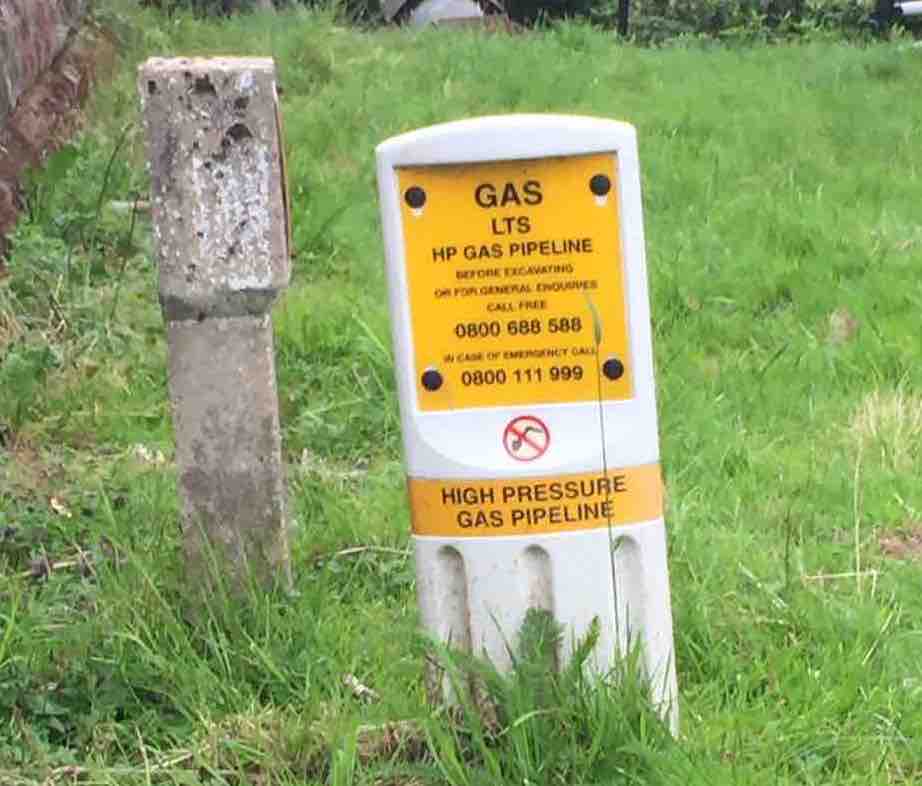
Acro-props and planks were installed to support the dry dock roof.
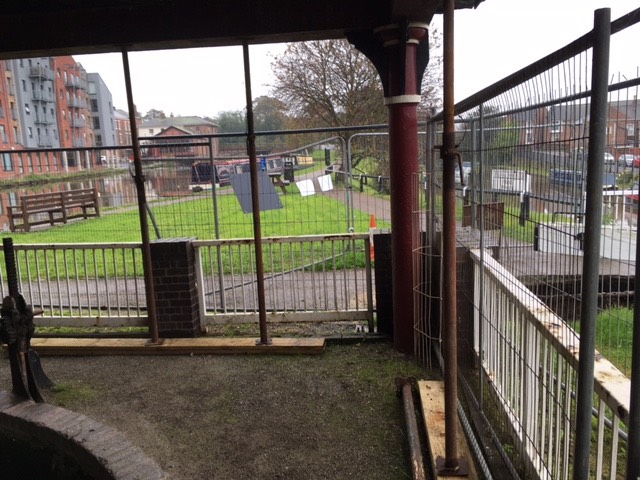
CRT held a site meeting inside the dry dock which included their building surveyor, heritage advisor and representatives of Kier Construction Plc.
During this meeting further holes appeared under the feet of those present and the meeting continued outside!
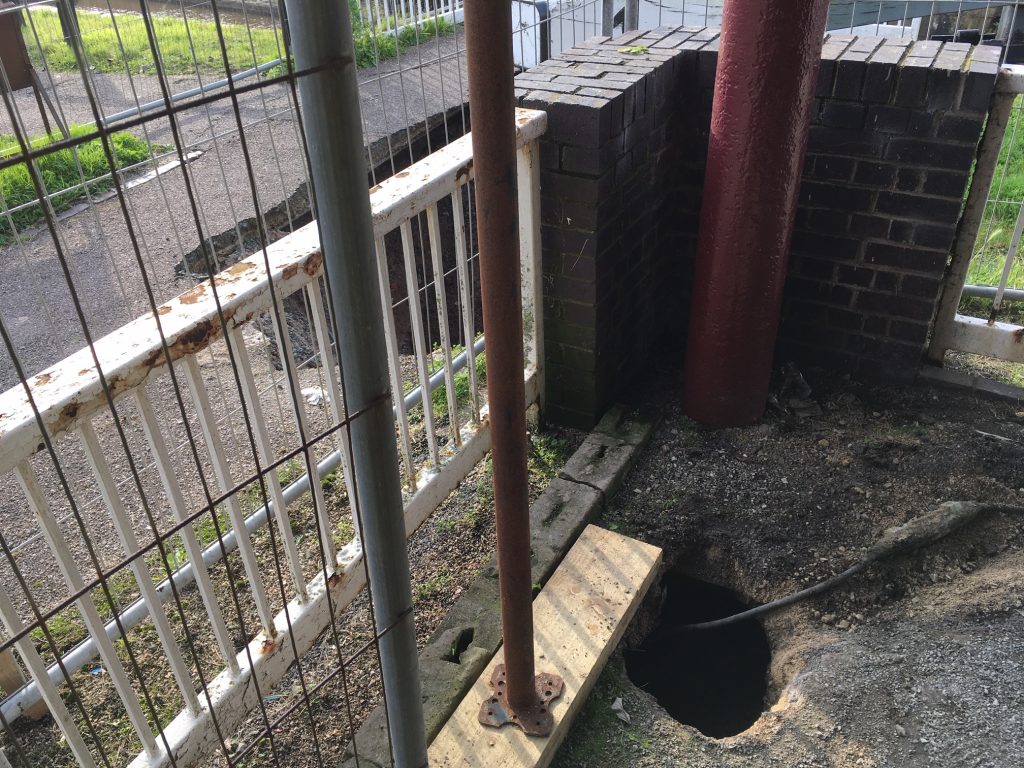
Yet more local underground services became exposed.
Many weeks passed, CRT undertook no groundwork whatsoever and the situation deteriorated even further. Local towpath users who were clearly fed up with the inconvenience of the fenced off access found ways though the temporary fencing.
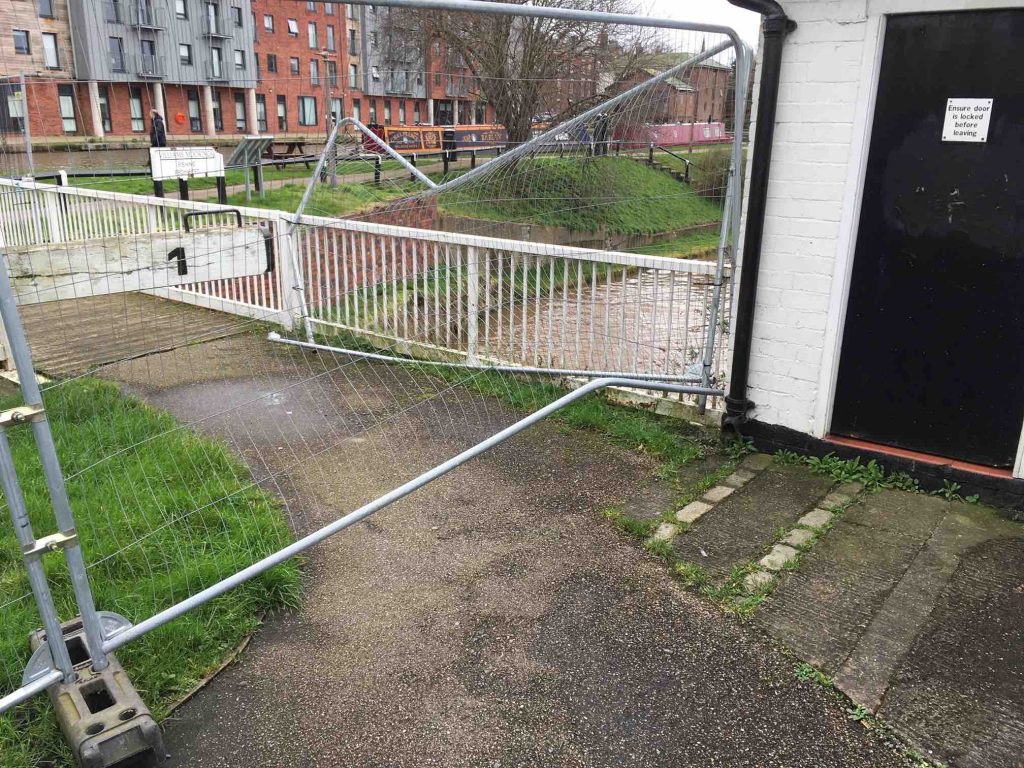
One evening the entire neighbourhood became aware of desperate screams for help as someone had fallen into the muddy exposed culvert. By the time the Police, Fire and Ambulance services arrived the person had disappeared. Despite this the services had to complete their torchlight search of the canal.